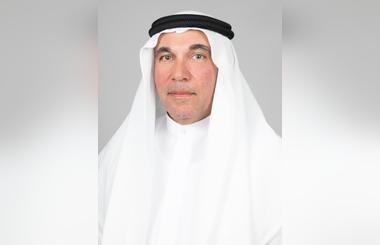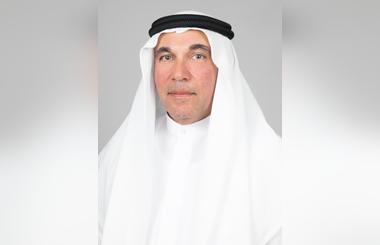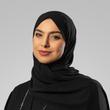
- ID Number 24483
- Aug 08, 2023
- 202
New study shows how stem cells could be used in facial reconstruction
The effectiveness of human stem cell therapies for facial reconstruction has been investigated in a new study led by Great Ormond Street Hospital (GOSH) and the UCL Institute of Child Health (ICH).The paper, published in the journal Nanomedicine, shows how stem cells could pose a viable alternative to current approaches to facial cartilage reconstruction such as ear and nose reconstruction.
GOSH has an excellent track record of successfully treating patients born with a malformed or missing ear, a condition known as microtia. The two-stage ear reconstruction takes cartilage from the patients ribs and from this, a new scaffold is moulded and placed beneath the skin.
Both the clinical and cosmetic results of this procedure have been very good. However, as Patrizia Ferretti, Head of Developmental Biology Unit at the ICH and her co-authors demonstrate in their study, the potential application of human stem cells and tissue engineering could further improve results and would obviate the need for this invasive part of the procedure, which leaves a permanent defect in the donor site.
Dr Ferretti explains, We used stem cells (hADSCs) harvested from the abdominal tissue of young patients affected by craniofacial conditions to explore, in our laboratories, how these might be used in future surgery. The use of stem cells from the paediatric patients themselves circumvents the issue of rejection and would overcome the need for immunosuppressive therapies.
The study suggests that combining hADSC with POSS-PCU bionano scaffolds can be of great value for several applications. In addition to ear and nose cartilage reconstruction, they could be used, for example, to improve the quality of tracheal transplants.
Scaffold cellularization in vivo (within the body) is a lengthy and uneven process. Hence POSS-PCU scaffolds pre-seeded with autologous hADSCs could help to improve stability, integration and functionality of engineered transplants while avoiding tissue rejection.
Neil Bulstrode, Consultant Plastic Surgeon at GOSH and an author on the paper said: It is such an exciting prospect with regard to the future treatment of these patients and many more. Currently I take the rib cartilage from the chest to make an ear but if we could produce a block of cartilage using stem cells and tissue engineering, this would be the Holy Grail for our field.
GOSH has one of the largest and most experienced paediatric plastic and reconstructive surgery centres anywhere in the world, with the aim of providing clinical excellence in our special areas of expertise which include; craniofacial surgery, cleft lip and palate repair, congenital hand anomalies, ear surgery, vascular anomalies and birthmarks and general plastic and reconstructive surgery
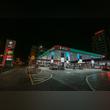
ENOC Group continues to drive sustainable developm...
- Mar 24, 2024
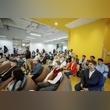
AAICO and Decoding Data Science Celebrate the Succ...
- Mar 11, 2024
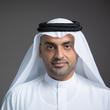
GCC revealed as top export and re-export market fo...
- Mar 06, 2024

